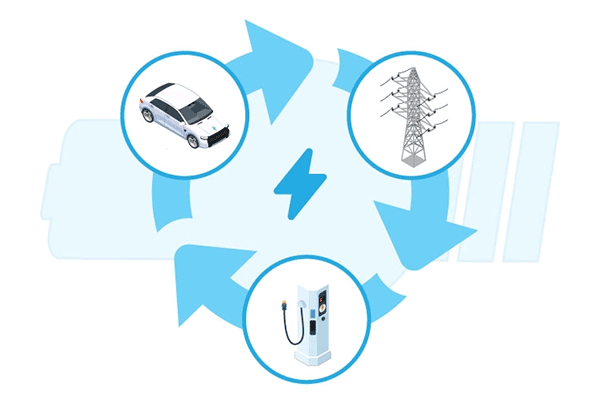In the era of digital innovation and environmental sustainability, electric vehicles (EVs) have emerged as a promising alternative to conventional gasoline-powered cars. However, the surge in EV adoption has brought with it new challenges, particularly in the field of electrical infrastructure. One such challenge is managing the power load generated by EV charging— a concept known as Load Management.

What is Load Management?
At its core, Load Management is a strategy for optimizing the distribution of power across an electrical grid. In the context of EVs, Load Management is used to intelligently distribute power among multiple charging stations to avoid overloading the grid. This is an essential component of maintaining electrical grid stability, particularly in areas with high EV usage.
Why is Load Management Important?
The importance of Load Management cannot be overstated. Without effective Load Management, a high concentration of EV charging could potentially overload the grid, leading to power outages and other adverse effects. This is particularly problematic during peak usage times when demand for electricity is highest.
Through the application of Load Management, power is intelligently distributed across various charging stations, ensuring that the grid remains stable, even during periods of high demand. Not only does this prevent power outages, but it also contributes to the longevity and efficiency of the electrical grid.
How Does Load Management Work?
Load Management systems utilize advanced algorithms and real-time data to optimize power distribution. When an EV is plugged into a charging station, the Load Management system evaluates the current demand on the grid and adjusts the power allocated to the charging station accordingly.
For example, during off-peak hours when demand is low, an EV may be allowed to charge at full capacity. However, during peak hours, the Load Management system may limit the power allocated to the charging station to prevent overloading the grid. This dynamic adjustment allows for efficient power usage while ensuring grid stability.
A Game-Changer for EV Charging Station Operators
For operators of EV charging stations, Load Management is more than just a technological innovation—it’s a game-changer that can revolutionize your operations and boost your profitability.
By implementing Load Management, operators can optimize their power usage to reduce costs and improve efficiency. During off-peak hours, when demand for electricity is low, stations can charge vehicles at full capacity. Conversely, during peak hours, Load Management systems can limit power consumption to prevent overloading the grid and incurring high demand charges.
Load Management can enable operators to serve more EVs without the need for expensive infrastructure upgrades. By intelligently distributing power, operators can accommodate a larger number of vehicles without exceeding their power capacity.
Load Management also offers a competitive edge. EV drivers increasingly expect fast, reliable charging—something that Load Management can help deliver. By ensuring that your charging stations are always operational and never overloaded, you can attract more EV drivers and increase your station’s usage.
Load Management plays a significant role in sustainability—a key consideration for many modern businesses. By optimizing power usage, operators not only reduce their operating costs but also contribute to environmental sustainability by reducing strain on the grid.
Load Management is not just a smart business move for EV charging station operators—it’s a strategic imperative in today’s eco-conscious and EV-centric world. By embracing Load Management, operators can enjoy greater efficiency, increased profitability, and a stronger competitive position in the rapidly growing EV market.














